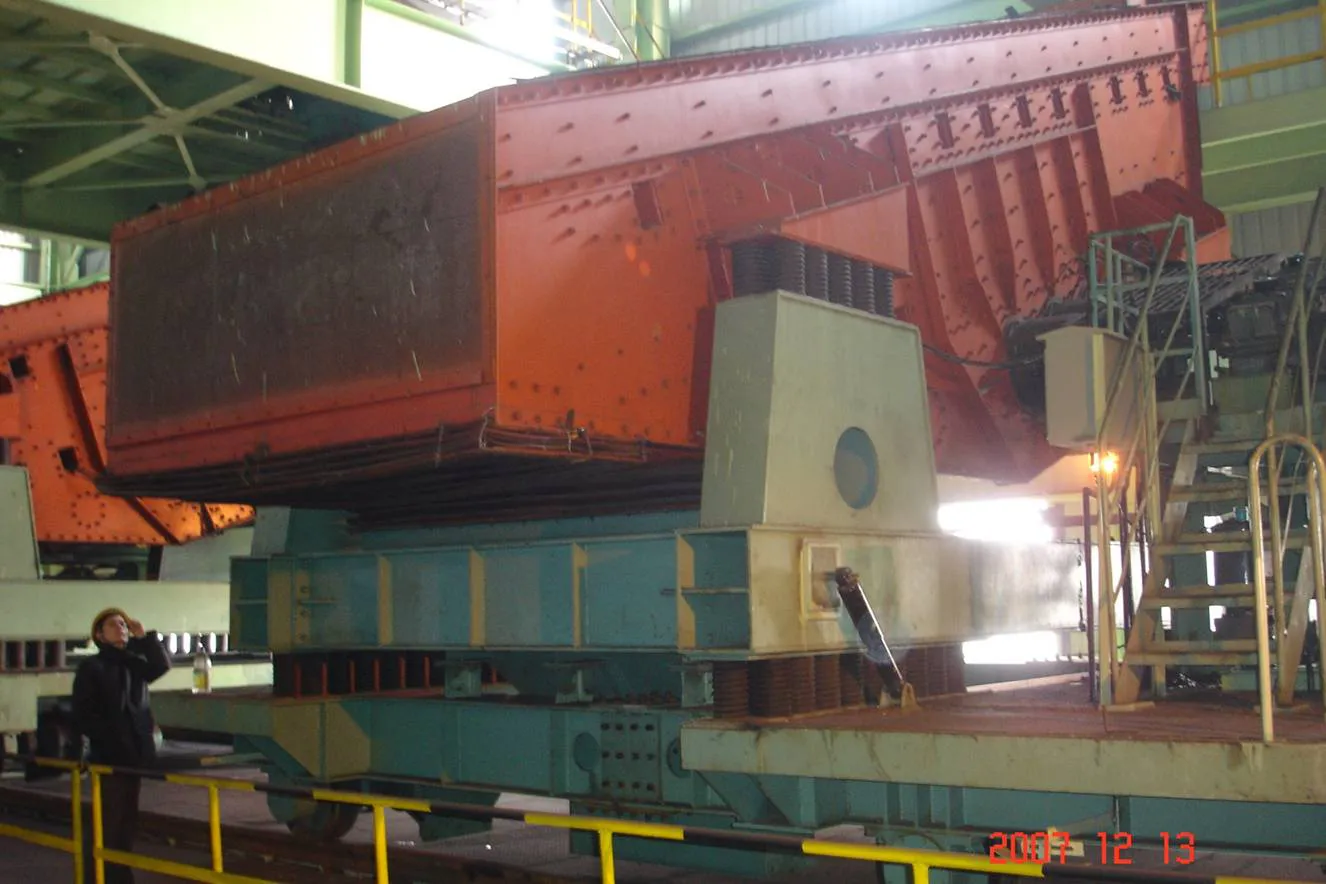Вибрационные грохоты are essential in industries such as mining, совокупная обработка, и обработка материалов, где они используются для сортировки и классификации материалов. Однако, Их работа часто создает значительный шум, который может повлиять на безопасность на рабочем месте, Комфорт оператора, и нормативно -правовое соответствие.
Чрезмерный шум на вибрирующих экранах обычно вызван такими факторами, как несбалансированные силы, свободные компоненты, inefficient damping, and resonance effects. Prolonged exposure to high noise levels can lead to hearing damage and reduced efficiency in industrial environments.Reducing noise in vibrating screen operation is crucial for a safer and more comfortable working environment.
Как уменьшить шум в работе вибрации экрана

1. Identify the Source of Noise:
Impact Noise:
Material Impact: The primary source, caused by materials hitting the screen deck, сетка экрана, and frame. Larger materials and higher feed rates increase impact noise.
Mechanical Impact: From the vibrating mechanism itself, worn parts, or loose connections.
Structural Noise:
Resonance: The screen frame vibrating at its natural frequency, amplifying the noise.
Transmission: Noise transmitted through the supporting structure to the surrounding environment.
Airborne Noise:
Screen Mesh Vibration: The mesh itself can vibrate and generate noise.
Aerodynamic Noise: Air movement caused by the vibrating screen.
2. Noise Reduction Strategies (Categorized):

А. Material Related Mitigation:
Feed Rate Optimization:
Reduce Feed Rate: The most straightforward solution. Optimizing the feed rate minimizes the amount of material impacting the screen surface at any given time.
Consistent Feed: Ensure a consistent, even feed to avoid surges that cause excessive impact noise.
…
For more detailed information on how to reduce noise during vibrating screen operation, пожалуйста, нажмите здесь: https://www.zexciter.com/en/a/news/how-to-reduce-noise-in-vibrating-screen-operation.html


